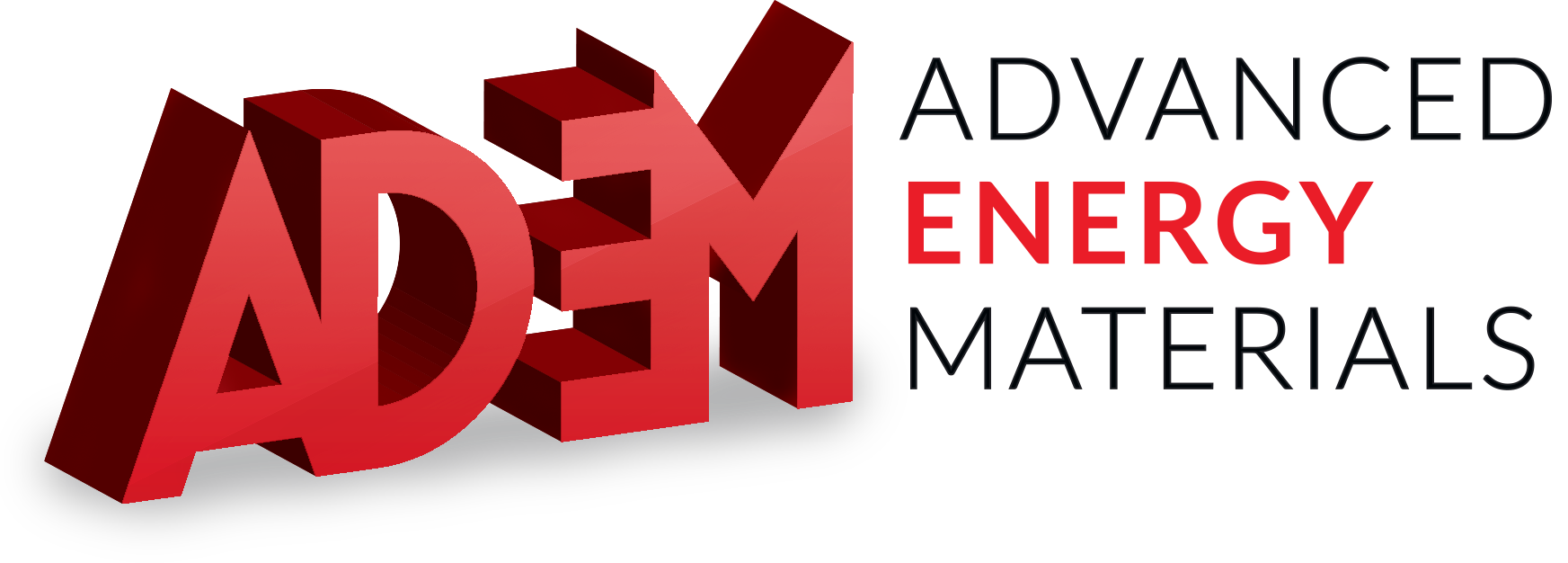CO2 Adsorbents
CO2 emissions are considered to be a major contributor to the global warming among all the Earth’s radiative-forcing components. Many countries are accelerating their drive to combat climate change with a significant focus on the power generation sector - the source of 40% of anthropogenic CO2 emissions.In the EIA’s 2018 Annual Energy Outlook published Feb. 2018, it’s reported that energy-related CO2 emissions from industry grow 0.6 percent a year, and more than 5 billion tons of CO2 every year to the atmosphere for the next three decades or more.
ADEM has developed lithium ceramic based CO2 adsorbents with a high CO2 removal capacity (0.4 g g-1) at wide temperature range and fast regeneration process. These CO2 adsorbent products and its patented scalable manufacturing methods can lead to highly efficient CO2 removal from stationary sources with a substantial energy savings. It’s crucial for industrial facilities in the US and the state of KY in reducing CO2 emissions towards globally competitive technologies.
CO2 Conversion to Chemicals: CO and Methanol
CO2 utilization offers an economical solution to the global challenge of reducing greenhouse gas emissions and in creating a new circular economy for recycling CO2. CO2 to methanol conversion offers a promising route to reduce emissions, but its use as a feedstock remains a challenge ADEM’s technology has significant potential to deliver a step change in the future for CO2 utilization and radically transform the chemical and energy industry.
ADEM demonstrated its plasma catalytic technology “PlasCatTM” for economical and energy efficient conversion of CO2 to CO and methanol. During Phase I of the project, techno-economic feasibility of PlasCat™ technology was shown to convert CO2 in two major pathways: First, a plasma catalysis scheme is demonstrated for CO2 to CO conversion using hydrogen. Second, a plasma catalytic process exhibited synergistic effect with efficient conversion of tri-reforming reaction involving CO2, H2O and CH4 to produce syngas at a desired H2/CO ratio ~2.2. ADEM also demonstrated a bimetallic catalyst for syngas to methanol at low pressures of 20 bar with much higher conversion than the state of art, commercial catalyst. Plasma catalytic studies involving CO2 with higher amounts of hydrogen exhibited 3% methanol yield and overall CO2 conversion around 60% at atmospheric pressure.
In the Phase II of the project, ADEM will optimize and scale up the processes using a unique Plasma flame integrated with a fluidized bed catalytic reactor. Studies will be focused further on developing two mini-GTL solutions: (i) Customize the process to produce pure CO using an appropriate H2/CO2 ratio and offer as an on-site and on-demand production of CO or customize to produce methanol by adding additional hydrogen. (ii) Develop a mini Gas -to-Liquids (GTL) process involving tri-reforming of CO2, H2O, CH4 and O2 in a plasma catalytic reactor to produce syngas along with methanol and further process the syngas into methanol. The mini GTL technology offers to use vastly available methane and water for the required hydrogen. Major objectives of Phase II include optimization and demonstration of the scalability of both solutions and detailed techno-economic competitiveness and C-footprint based life cycle analysis for a mini-GTL plant to produce ~5000 tons/yr of methanol.
Commercial Applications: PlasCat™ technology allows economical routes for conversion of CO2 to value-added fuels/chemicals such as methanol and CO at low pressures. Also, the technology can be implemented at mini GTL scale by directly using CO2 rich exhausts from certain industry segments. CO production on demand and on-site can be beneficial to customers as the supply, transportation and storage can be uncertain and costly due to toxicity. Life cycle analysis suggests that the PlasCatTM technology can result in negative GHG emissions for production of both CO and methanol.
